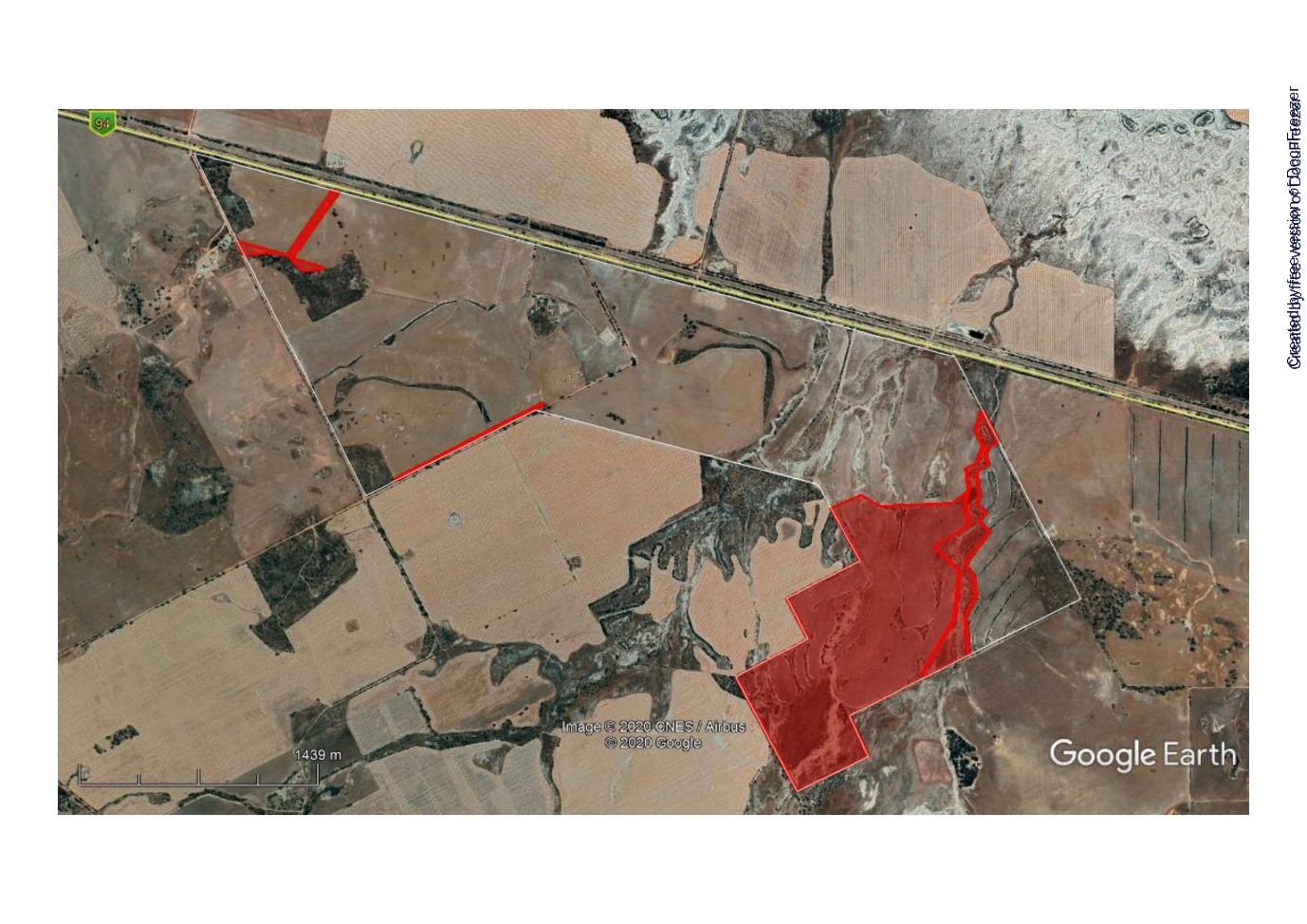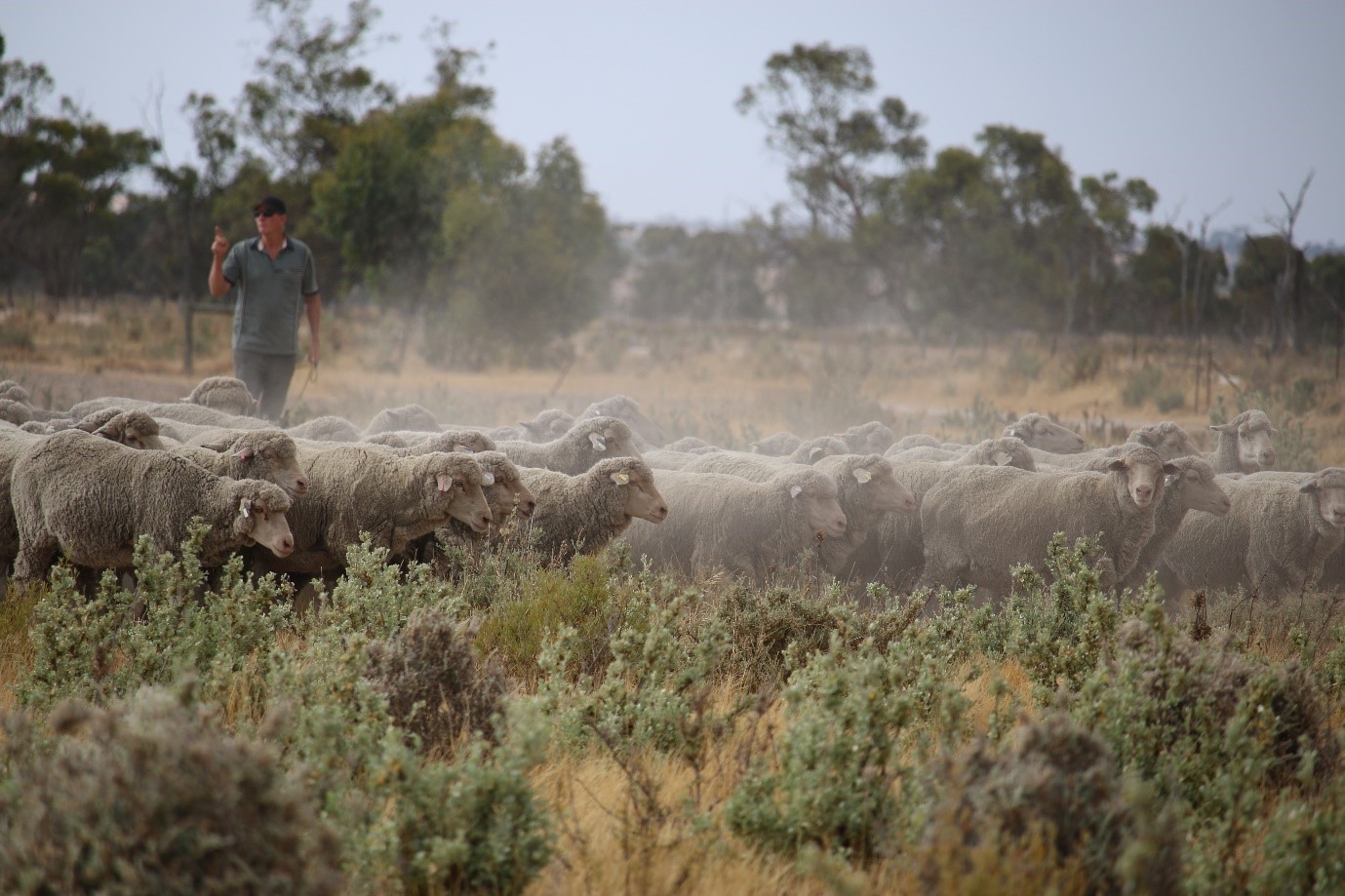Bruce Storer of Cunderdin is a mixed farmer benefiting from the farm planning activity which forms part of the Optimising Fodder Options project.
Bruce is keen to plan to utilise his farm to the best advantage and set it up to feed the sheep. He currently has to work around managing the livestock with these late autumn breaks.
Pasture specialist Phil Barrett Lennard of AgVivo is working with selected farmers to map their current forage plans, looking at the sources of feed they currently use over each of the 12 months in the year.
They then work together exploring suitable forage and pastures that transition into new year-round forage chains with less reliance on costly supplementary feeding.
So far Bruce has learnt that he must have reasonable expectations of the capabilities of his land. Keep it in perspective as just part of the solution.
Bruce’s plan is currently in draft and is looking at revegetating saline areas with fodder and trees. He wants to implement this in conjunction with cropping plans to try and avoid fencing.
Working with Phil, Bruce will also be able to look at the cost-benefit, so he can calculate how investing in revegetation, can demonstrate economic as well as environmental outcomes.
Over the next 3 years, we will be sharing the progress of Bruce’s and our other farmers plans as part of the Australian Government National Landcare Program.
It will be interesting to see how this planning can help Bruce achieve his aim of shade, shelter, fodder and biodiversity in each paddock to make it more resilient to our challenging Wheatbelt conditions.
If you would like to sign up to receive progress reports and invitations to project activities, please call or email Jacquie Lucas jlucas@wheatbeltnrm.org.au or 0427 934 112.

This Wheatbelt NRM project is supported through funding from the Australian Government’s National Landcare Program.


